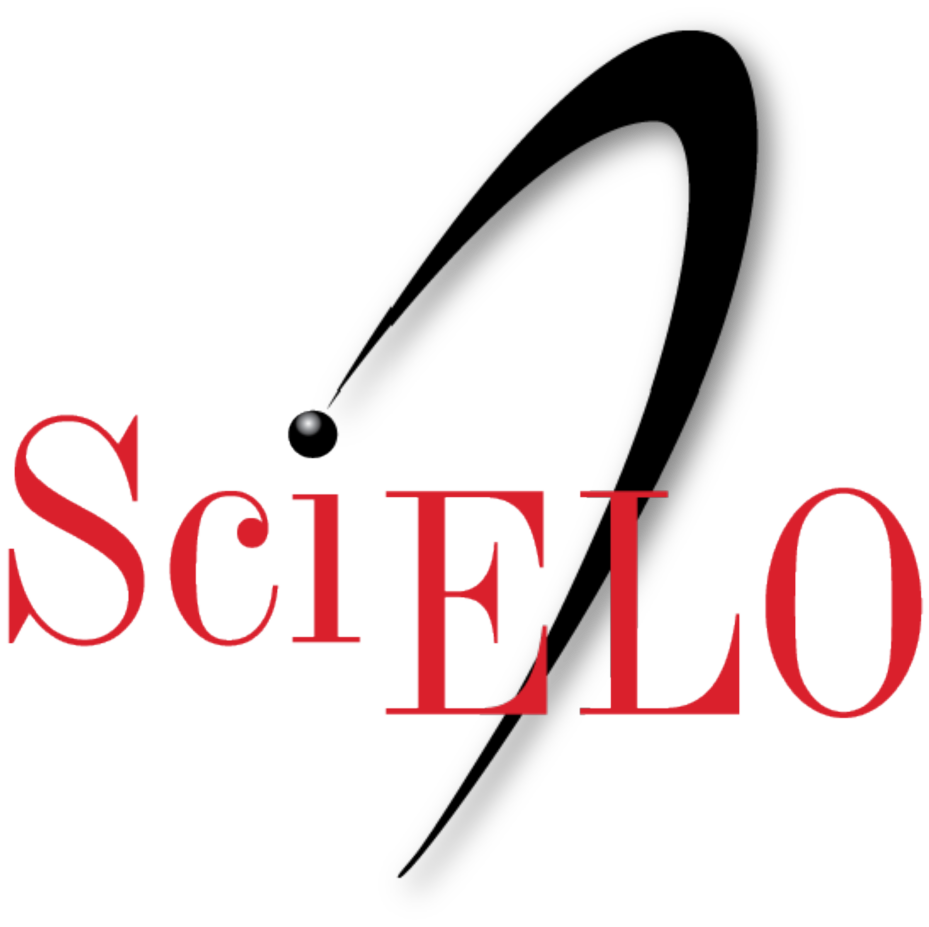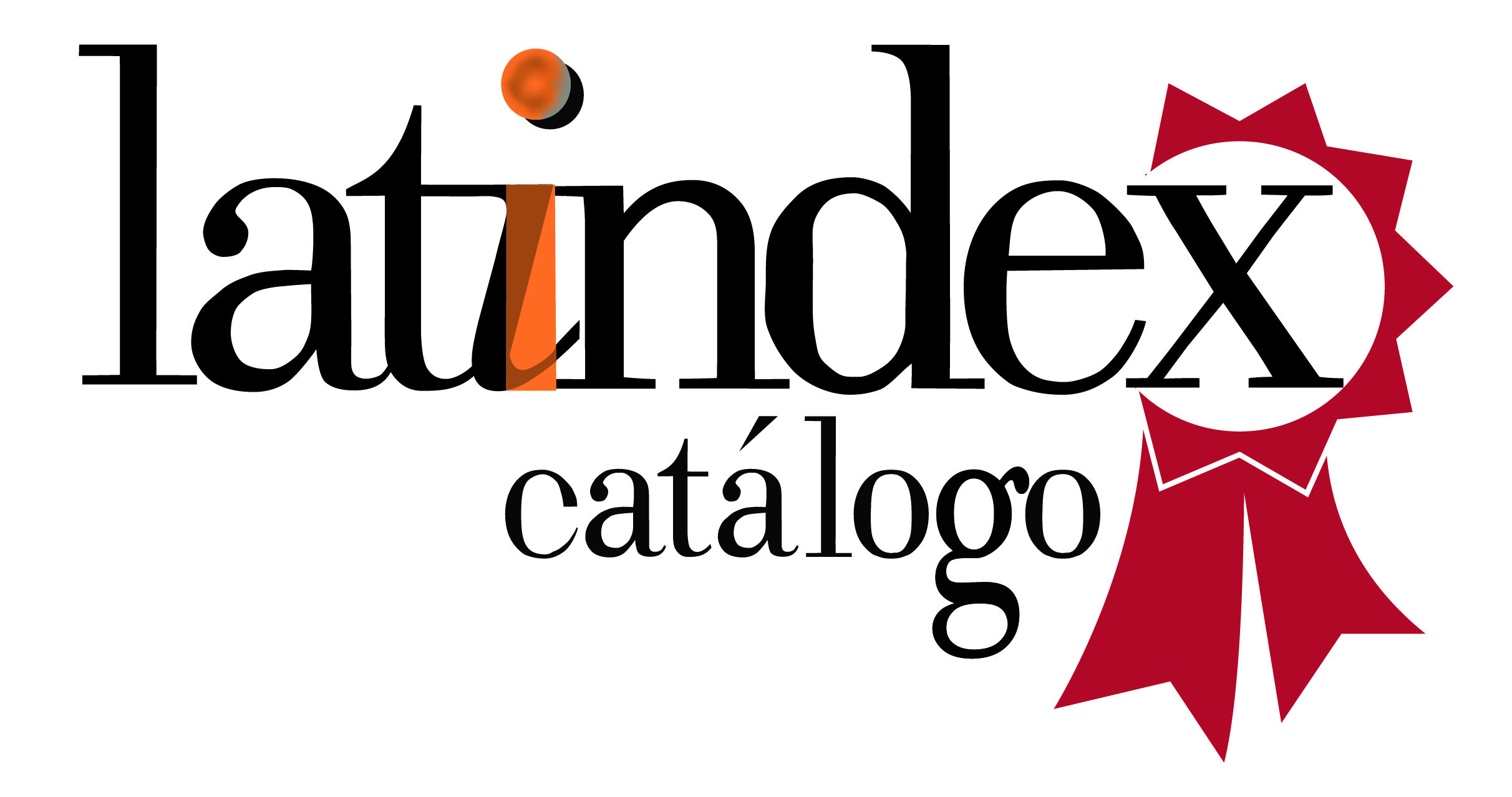Endovascular treatment in cerebrovascular pathologies at the Instituto de Previsión Social from 2016 to 2019.
DOI:
https://doi.org/10.52379/mcs.v7i3.348Keywords:
endovascular, cerebrovascular, treatmentAbstract
Introduction: Cerebrovascular diseases are all diseases in which the blood vessels of the brain are mainly involved. Objective: To determine the frequency of endovascular treatments for cerebrovascular pathologies at the Instituto de Previsión Social to provide an epidemiological overview and an approach to endovascular treatment. Method: This was an observational, descriptive, temporally retrospective, and cross-sectional study. Sampling was performed using a simple random probabilistic method. Sociodemographic variables: sex and age. Clinical data: amphiographic findings, reason for consultation, diagnosis, treatment, and comorbidities. Results: The frequency of endovascular treatment for cerebrovascular pathology was 47.08%. In total, 113 patients were included in the study, most of whom were women. The average age of the patients was 56 years, and the most frequent age was 64 years. The most frequent findings were cerebral arteriovenous malformations, normal angiography findings, and aneurysms. The most frequent reasons for consultation were headaches, neurological deficits, sensory disturbances, and seizures. Discussion: These findings coincide with the literature in this regard and contribute to the epidemiological profile of this group of pathologies.
Downloads
References
Portegies MLP, Koudstaal PJ, Ikram MA. Cerebrovascular disease. Handb Clin Neurol. 2016;138:239–61. https://doi.org/10.1016/B978-0-12-802973-2.00014-8
Nordmeyer H, Chapot R, Haage P. Endovascular Treatment of Intracranial Atherosclerotic Stenosis. ROFO Fortschr Geb Rontgenstr Nuklearmed. 2019;191(7):643–52. https://doi.org/10.1055/a-0855-4298
Hou K, Li G, Luan T, Xu K, Yu J. Endovascular treatment of the cavernous sinus dural arteriovenous fistula: current status and considerations. Int J Med Sci. 2020;17(8):1121–30. https://doi.org/10.7150/ijms.45210
Harrigan MR, Deveikis JP. Diagnostic Cerebral Angiography. In: Harrigan MR, Deveikis JP, editors. Handbook of Cerebrovascular Disease and Neurointerventional Technique. Cham: Springer International Publishing; 2018. p. 111–46. (Contemporary Medical Imaging). https://doi.org/10.1007/978-3-319-66779-9_2
Bradac GB. Vascular Territories. In: Bradac GB, editor. Applied Cerebral Angiography: Normal Anatomy and Vascular Pathology. Cham: Springer International Publishing; 2017. p. 125–7. https://doi.org/10.1007/978-3-319-57228-4_8
Chaves G, Brítez N, Maciel V, Klinkhof A, Mereles D. Prevalencia de factores de riesgo cardiovascular en una población adulta ambulatoria urbana: estudio AsuRiesgo, Paraguay. Rev Panam Salud Pública. 2015;38:136–43. URL.
Real Delor RE, Jara Castillo GF. Pronóstico vital y secuelas neurológicas en los pacientes con accidente cerebrovascular del Hospital Nacional, Paraguay. Rev Cuba Med. 2016;55(3):181–9. URL.
Kastrup A, Brunner F, Roth C, Papanagiotou P. Frequency and Timing of Endovascular Therapy in Acute Stroke Patients: A Population-Based Analysis Using the Bremen Stroke Register. Neuroepidemiology. 2020;54(5):398–403. https://doi.org/10.1159/000509430
Muñoz S. How many subjects do I need to power my study? Medwave. 2014;14(6):e5995. https://doi.org/10.5867/medwave.2014.06.5995
Brinjikji W, Murad MH, Lanzino G, Cloft HJ, Kallmes DF. Endovascular Treatment of Intracranial Aneurysms With Flow Diverters. Stroke. 2013;44(2):442–7. https://doi.org/10.1161/STROKEAHA.112.678151
Ospel JM, Schaafsma JD, Leslie-Mazwi TM, Amin-Hanjani S, Asdaghi N, Gordon-Perue GL, et al. Toward a Better Understanding of Sex- and Gender-Related Differences in Endovascular Stroke Treatment: A Scientific Statement From the American Heart Association/American Stroke Association. Stroke. 2022;53(8):e396. https://doi.org/10.1161/STR.0000000000000411
Amaya P, Bayona H, Folleco E, Martínez C, Coral J, Roa Wandurraga LF, et al. Recomendaciones de diagnóstico y tratamiento del ataque cerebrovascular isquémico agudo durante la contingencia por covid-19. Acta Neurológica Colomb. 2020;36(2):16–26. https://doi.org/10.22379/24224022290
Khandelwal P, Yavagal DR, Sacco RL. Acute Ischemic Stroke Intervention. J Am Coll Cardiol. 2016;67(22):2631–44. https://doi.org/10.1016/j.jacc.2016.03.555
Lapergue B, Blanc R, Gory B, Labreuche J, Duhamel A, Marnat G, et al. Effect of Endovascular Contact Aspiration vs Stent Retriever on Revascularization in Patients With Acute Ischemic Stroke and Large Vessel Occlusion: The ASTER Randomized Clinical Trial. JAMA. 2017;318(5):443–52. https://doi.org/10.1001/jama.2017.9644
Mokin M, Setlur Nagesh SV, Ionita CN, Mocco J, Siddiqui AH. Stent retriever thrombectomy with the Cover accessory device versus proximal protection with a balloon guide catheter: in vitro stroke model comparison. J Neurointerventional Surg. 2016;8(4):413–7. https://doi.org/10.1136/neurintsurg-2014-011617
Ozaki T, Nakamura H, Izutsu N, Masaie H, Ishikawa J, Kinoshita M. Intracranial stenting for nilotinib treatment-associated cerebrovascular stenosis in chronic myeloid leukemia. Interv Neuroradiol J Peritherapeutic Neuroradiol Surg Proced Relat Neurosci. 2017;23(5):527–30. https://doi.org/10.1177/1591019917710810
Cirio JJ, Ciardi C, Vila JF, Buezas MD, Scrivano E, Chudyk-Huberuk JP, et al. Ataque cerebrovascular isquémico agudo de territorio anterior: Tratamiento endovascular. Med B Aires. 2020;80(3):211–8. URL.
Reyes P, Badilla L, Andreu D, Besa V, Rivera R, Sordo G, et al. Experiencia en el tratamiento endovascular del accidente cerebrovascular isquémico agudo en un centro chileno. Rev Médica Chile. 2018;146(6):708–16. http://dx.doi.org/10.4067/s0034-98872018000600708
Shi J, Zhang J, Yin M, Wang Q, Du J. Accurate and continuous ultrasonography evaluation of small diameter vascular prostheses in vivo. Exp Ther Med. 2018;15(4):3899–907. https://doi.org/10.3892/etm.2018.5895
Yayehd K, Morel N, Vadot W, Rodier G, Maugras C, Jund J, et al. TIMMA: Ultrasonographic scale of carotid atherosclerosis by vascular neurologists]. Ann Cardiol Angeiol (Paris). 2017;66(5):275–82. https://doi.org/10.1016/j.ancard.2017.09.003
Goktay AY, Senturk C. Endovascular Treatment of Thrombosis and Embolism. Adv Exp Med Biol. 2017;906:195–213. https://doi.org/10.1007/5584_2016_116
Song G, Jiao L, Chen Y, Wang Y, Ma Y, Ling F. Management of extracranial carotid artery aneurysm: A report of four cases. Exp Ther Med. 2015;10(3):1029–32. https://doi.org/10.3892/etm.2015.2606
Lin K, Chen L, Wang Y, Xu Y, Wang G, Li H, et al. Endovascular treatment of cerebrovascular stenosis with stent for patients with ischemic cerebrovascular disease. Medicine (Baltimore). 2020;99(47):e23313. https://doi.org/10.1097/MD.0000000000023313
Downloads
Published
Issue
Section
License
Copyright (c) 2023 Javier Aníbal Castro-Florentín, Edulfo Britez-Barrios, Juan José Jara-Verón

This work is licensed under a Creative Commons Attribution 4.0 International License.











